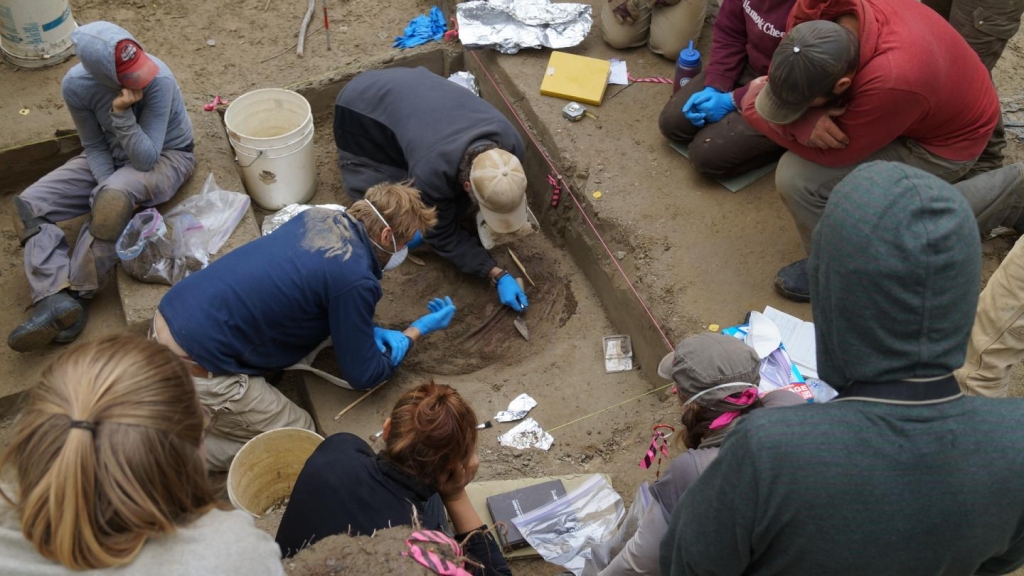-
Tips for becoming a good boxer - November 6, 2020
-
7 expert tips for making your hens night a memorable one - November 6, 2020
-
5 reasons to host your Christmas party on a cruise boat - November 6, 2020
-
What to do when you’re charged with a crime - November 6, 2020
-
Should you get one or multiple dogs? Here’s all you need to know - November 3, 2020
-
A Guide: How to Build Your Very Own Magic Mirror - February 14, 2019
-
Our Top Inspirational Baseball Stars - November 24, 2018
-
Five Tech Tools That Will Help You Turn Your Blog into a Business - November 24, 2018
-
How to Indulge on Vacation without Expanding Your Waist - November 9, 2018
-
5 Strategies for Businesses to Appeal to Today’s Increasingly Mobile-Crazed Customers - November 9, 2018
Evidence Verifies Ancient North American Salmon Fishing
Using ancient DNA and stable isotope analysis, the researchers verified the remains as sea-run chum salmon, which migrated upriver some 1,400 km away from where the modern mouth of the Yukon River exists.
Advertisement
Researchers from Alaska and Washington state have found the earliest known evidence that Ice Age humans in North America used salmon as a food source, according to a paper published this week in the Proceedings of the National Academy of Sciences.
The study notes that the findings are significant because it shows that Ice Age Paleoindians also fished, altering the understanding that the group was focused primarily on hunting big game.
A team of scientists from Alaska have studied the earliest evidence of this fish from salmon bones.
Almost 11,500 years ago, salmon meat was picked clean for bones of the fish, by people who lived in the interior past of Alaska. “Combining genetic and isotopic analyses allow us to confirm the identity as chum salmon, which inhabit the area today, as well as establish their life histories”, Ben Potter, a UAF anthropologist and one of the researchers that discovered the bones, said in a statement.
The evidence that was the next oldest was found on the coast, not in the interior and was dated only 5,000 years ago.
About 300 salmon bone fragments were found in an ancient cooking fireplace in a residential structure, indicating the beginning of salmon exploitation. Due to the salmons’ annual runs, they were a “predictable resource”, he said to media outlet, rather than larger game, such as caribou.
“We have so little data on fishing”, says Potter.
The same site, as discovered by researchers at the University of Alaska Fairbanks, yielded animal bones and human bones. These challenges lead to their remains being underrepresented in archaeological studies & findings around the world.
Advertisement
The current study suggests salmon could have represented a critical resource for these prehistoric foragers. The Pleistocene epoch, also known as the last Ice Age, was marked by the large-scale glaciers that covered Earth. The research could also help in gaining insight into the technology, economy and settlement patterns of early Alaskans, said Dr. Ben Potter, UAF professor of anthropology and project director at the Upward Sun River site. But the latest discovery suggested that fishing may have played an important role in the first colonization of North America by early peoples from Eurasia, said the scientists.





























